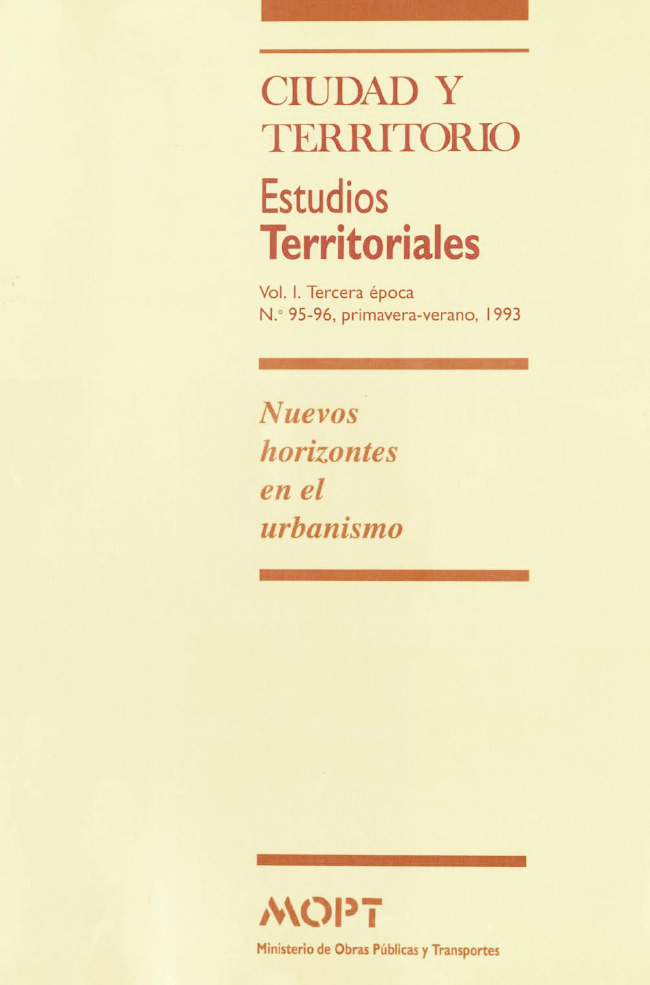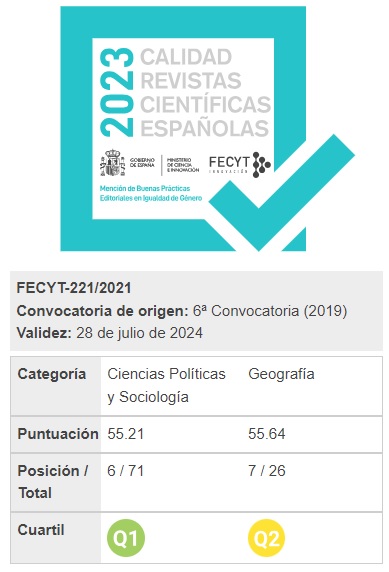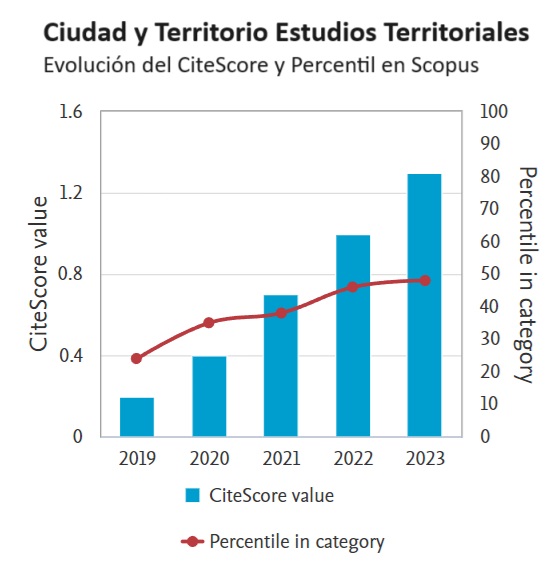The need for a Land Use Pact . The Canary Islands
Abstract
The Canary Islands the paper tells of how, in the second 1991 period, the planning team of the Governing Council agreed to the putting out of a State of Opinion document as to land, planning and the environment which expressed: a) An awareness of the gravity of these questions as within the archipielago. b) The feeling that neither state nor autonomic regional planning, nor local planning as such were up to meeting the demands made upon them to administer the land available. c) An evident alarm at the grave deterioration that the landscape was suffering, a thing itself disturbing in an island group of no more than 2.000 km2, but doubtly so, in the paper's opinion, if it is borne in mind that the greater part of the economic activity of this area tunas upon tourism, an industry for which the environment and landscape are prime and scarce necessities, and d) a sense of territorial inbalance caused by the existence of two metropolitan areas in the governing islands (Las Palmas-Teide and Santa Cruz-La Laguna), these being seen as drawing the general population into these islands and cities. The paper then relates that the seriousness of the land problem, coupled with an impossibility of solving this by conventional administrative modes, led to the drawing up of a Land Use Pact this being neither more nor less than an attempt from within to awaken society to a more lively sense of the worth of the land itself and a common understanding as to matters environmental, this in the face of mere economic progress and utterly liberal criteria as to the siting of business or the privatization of what the land available could offer.
Downloads
Downloads
Published
How to Cite
Issue
Section
License
Copyright (c) 1993 Javier Ruiloba Santana

This work is licensed under a Creative Commons Attribution-NonCommercial-NoDerivatives 4.0 International License.
Considering the provisions of the current legislation on Intellectual Property, and in accordance with them, all authors publishing in CyTET give -in a non-exclusive way and without time limit- to the Ministry of Transport, Mobility and Urban Agenda the rights to disseminate, reproduce, communicate and distribute in any current or future format, on paper or electronic, the original or derived version of their work under a Creative Commons Attribution-NonCommercial-NoDerivative 4.0 license International (CC BY-NC-ND 4.0), as well as to include or assign to third parties the inclusion of its content in national and international indexes, repositories and databases, with reference and recognition in any case of its authorship.
In addition, when sending the work, the author(s) declares that it is an original work in which the sources that have been used are recognized, committing to respect the scientific evidence, to no longer modify the original data and to verify or refute its hypothesis. Author(s) also declare that the essential content of the work has not been previously published nor will it be published in any other publication while it is under evaluation by CyTET; and that it has not been simultaneously sent to another journal.
Authors must sign a Transfer of Rights Form, which will be sent to them from the CyTET Secretariat once the article is accepted for publication.
With the aim of promoting the dissemination of knowledge, CyTET joins the Open Journal Access (OA) movement and delivers all of its content to various national and international indexes, repositories and databases under this protocol; therefore, the submission of a work to be published in the journal presupposes the explicit acceptance by the author of this distribution method.
Authors are encouraged to reproduce and host their work published in CyTET in institutional repositories, web pages, etc. with the intention of contributing to the improvement of the transfer of knowledge and the citation of said works.








 Enlace a CyTET en Linkedin
Enlace a CyTET en Linkedin